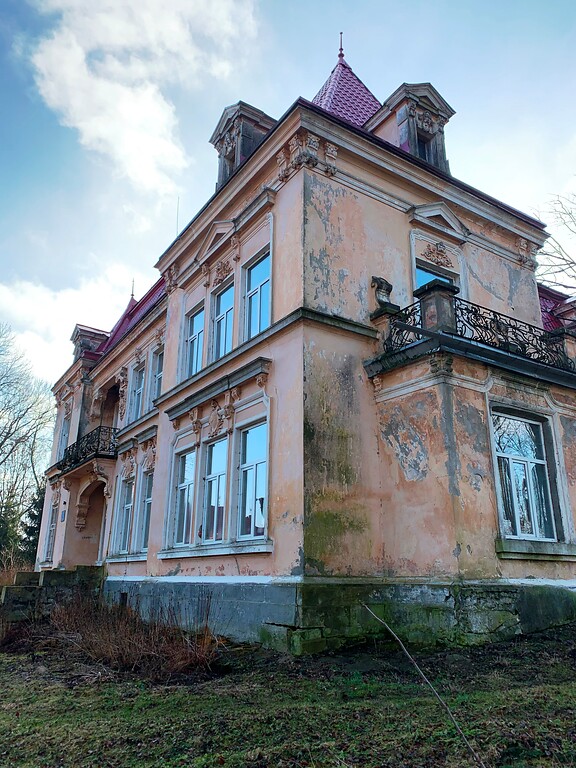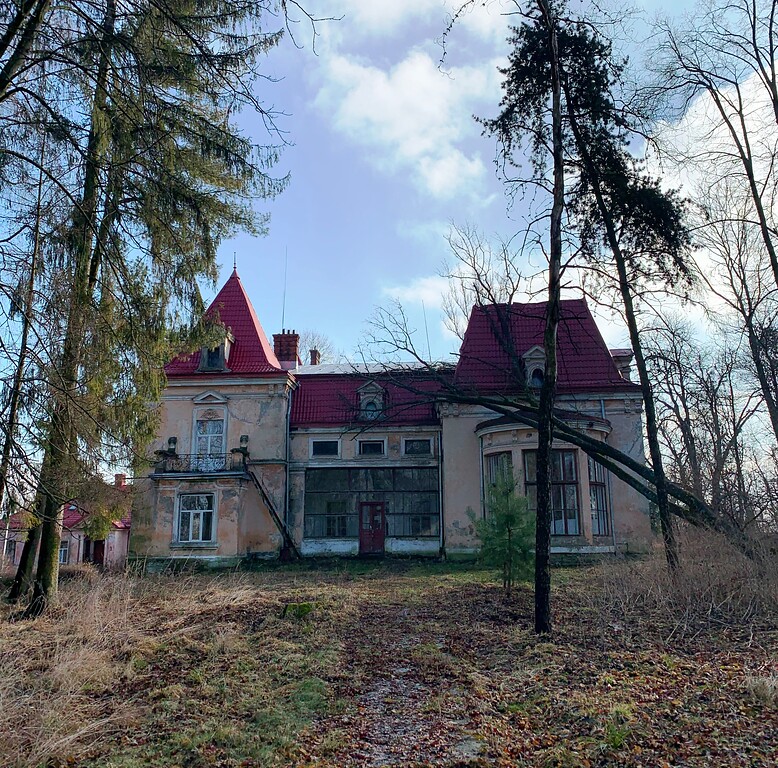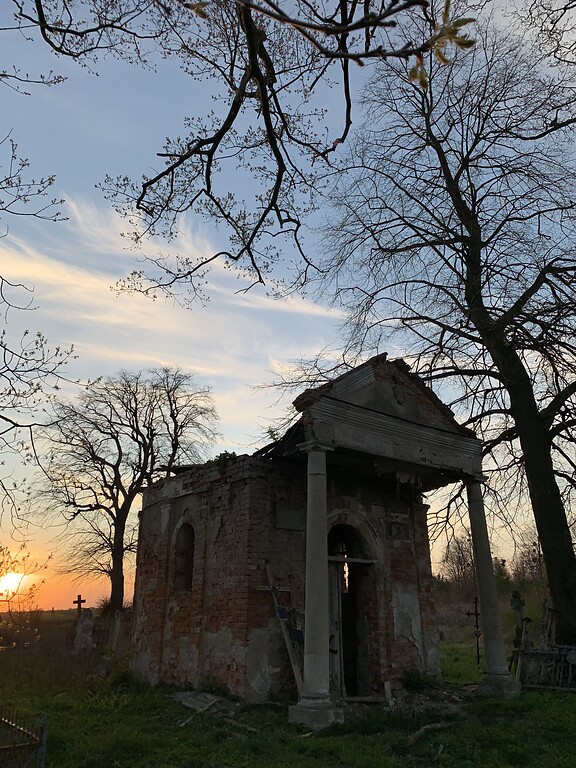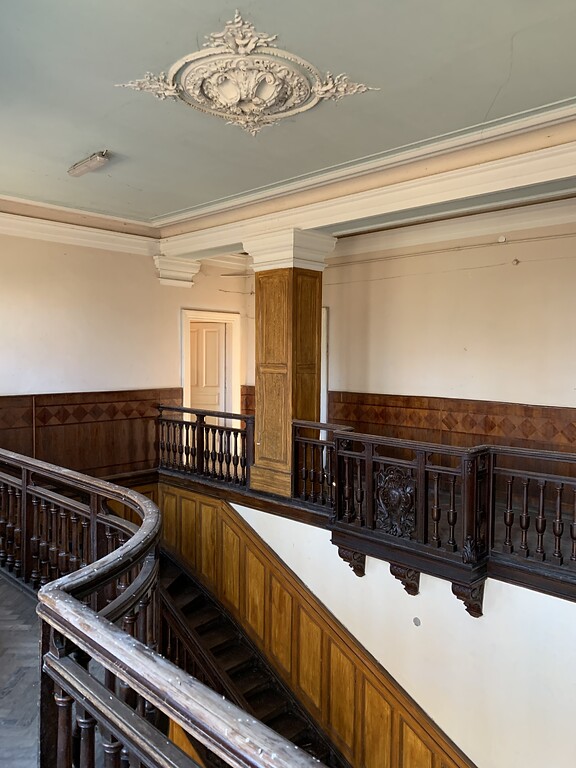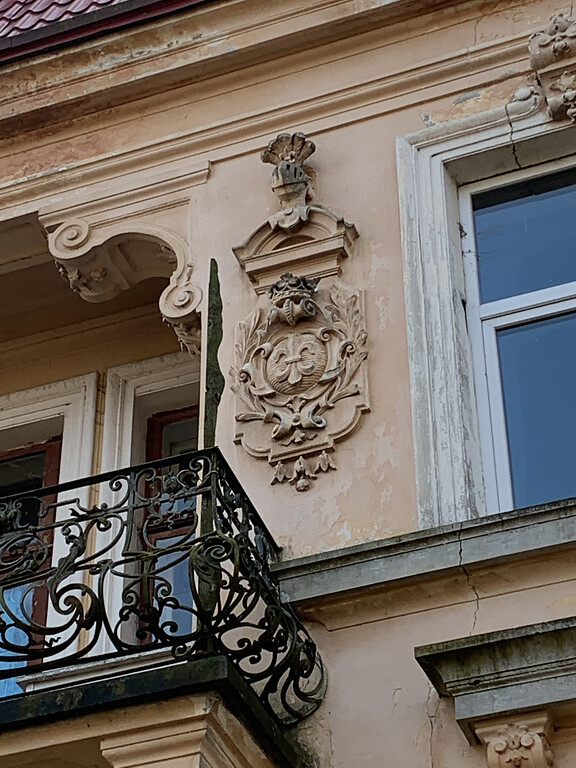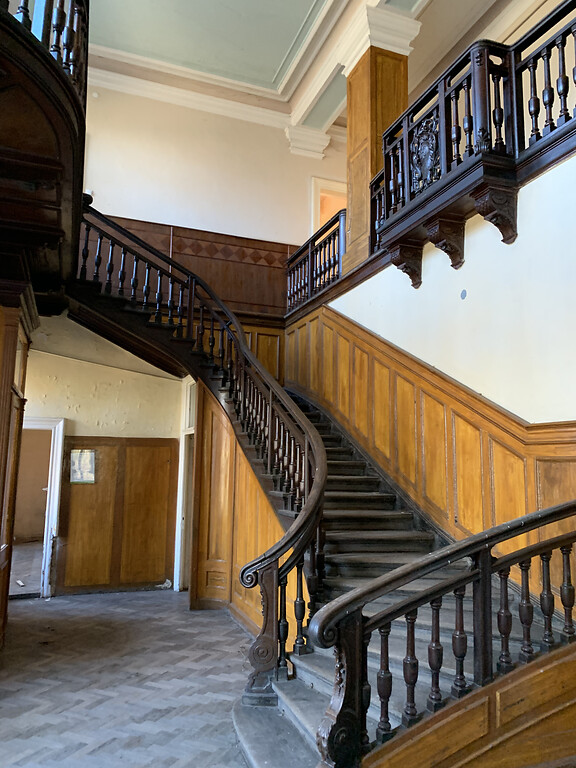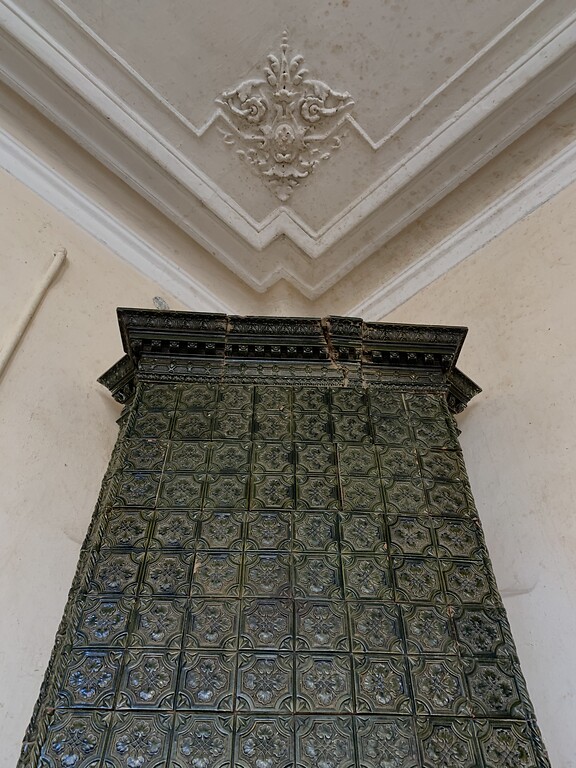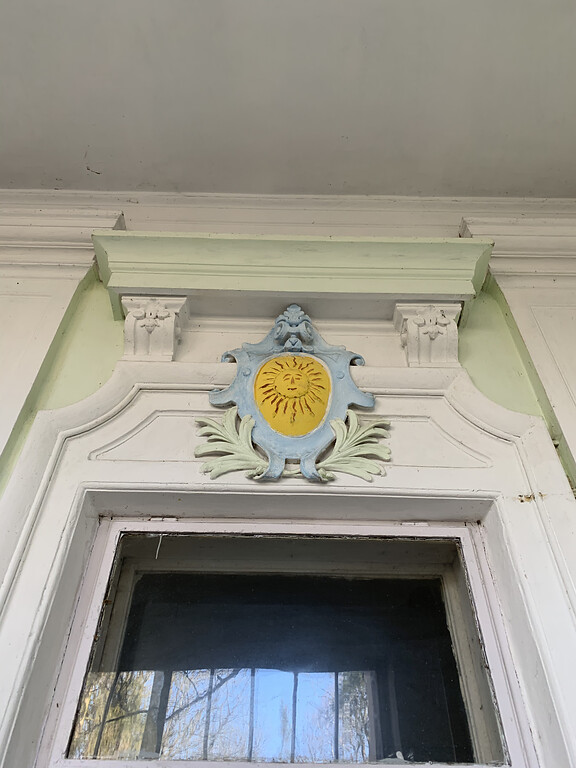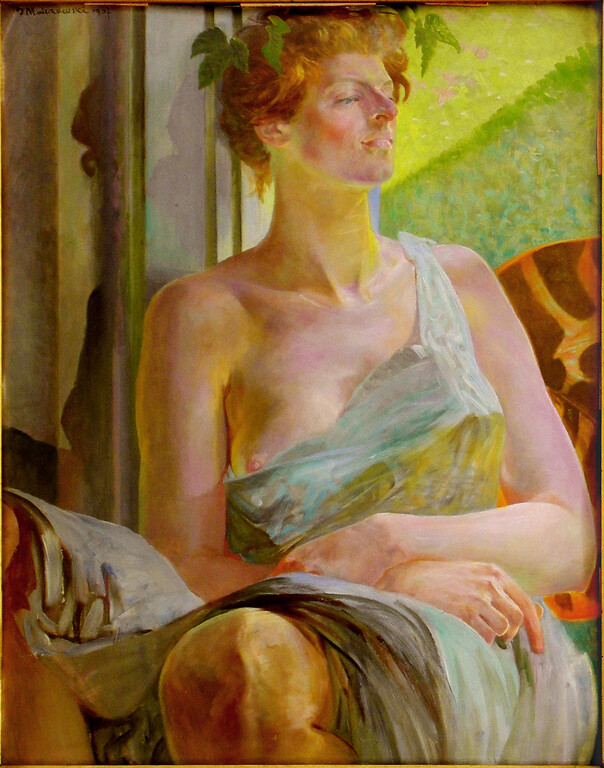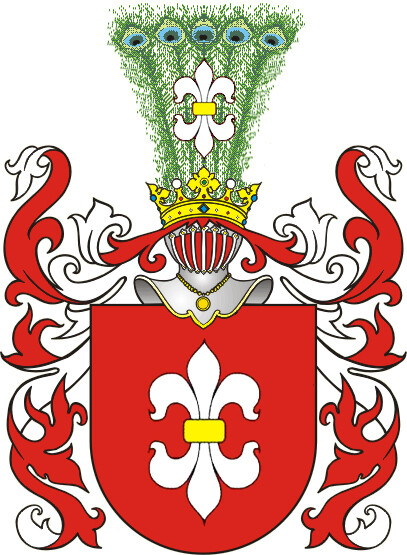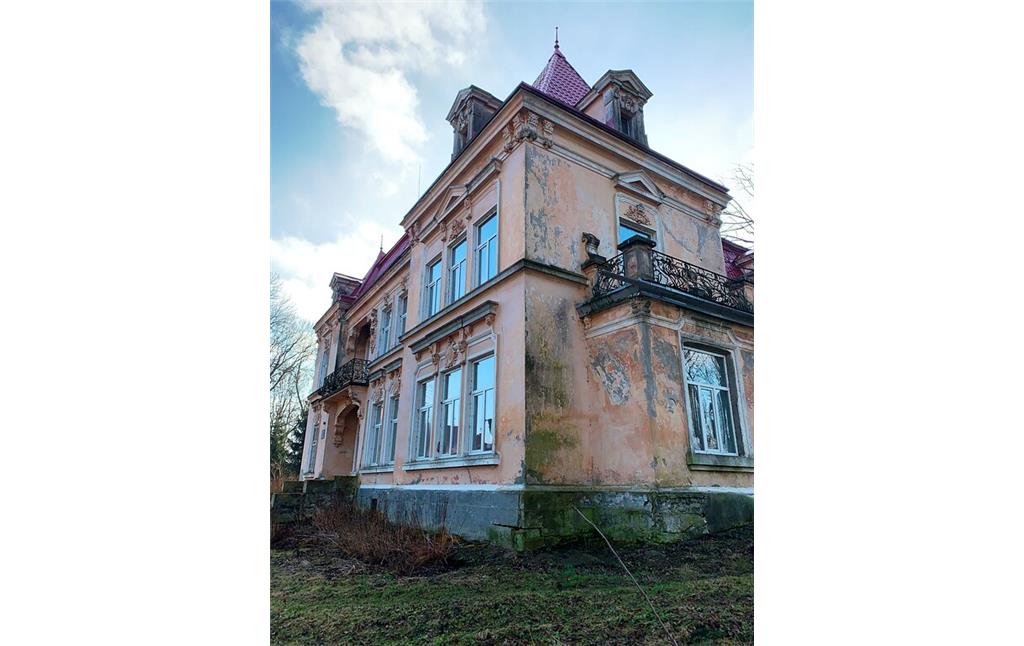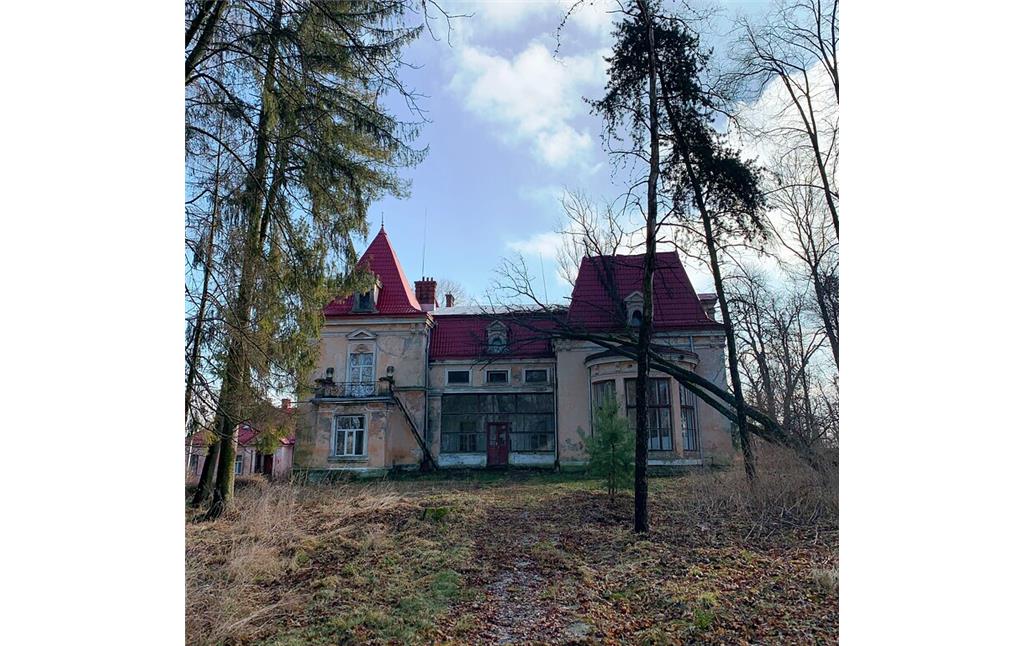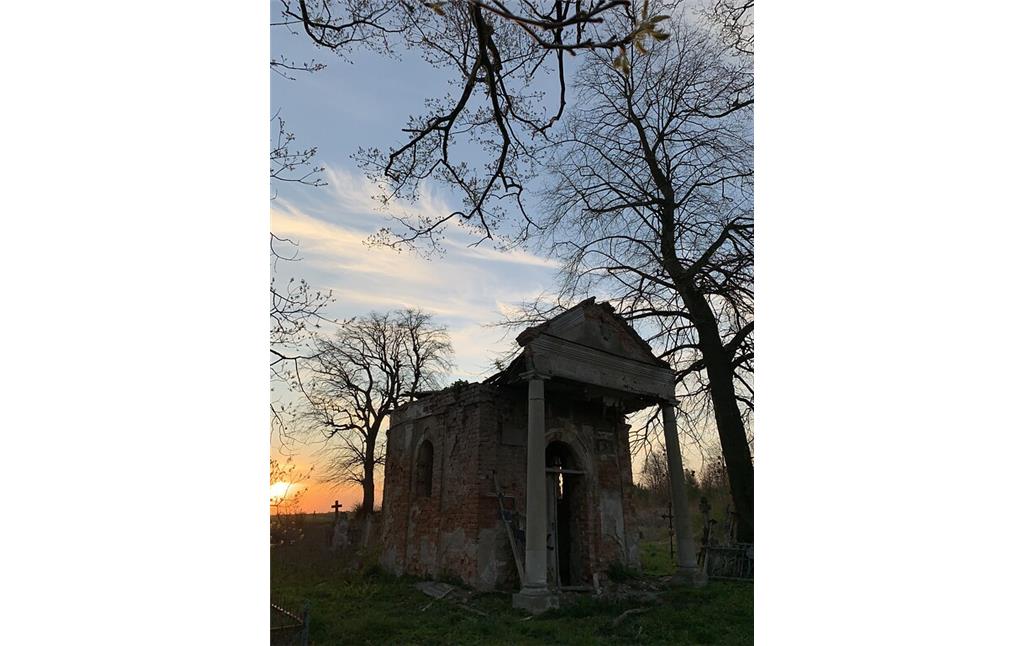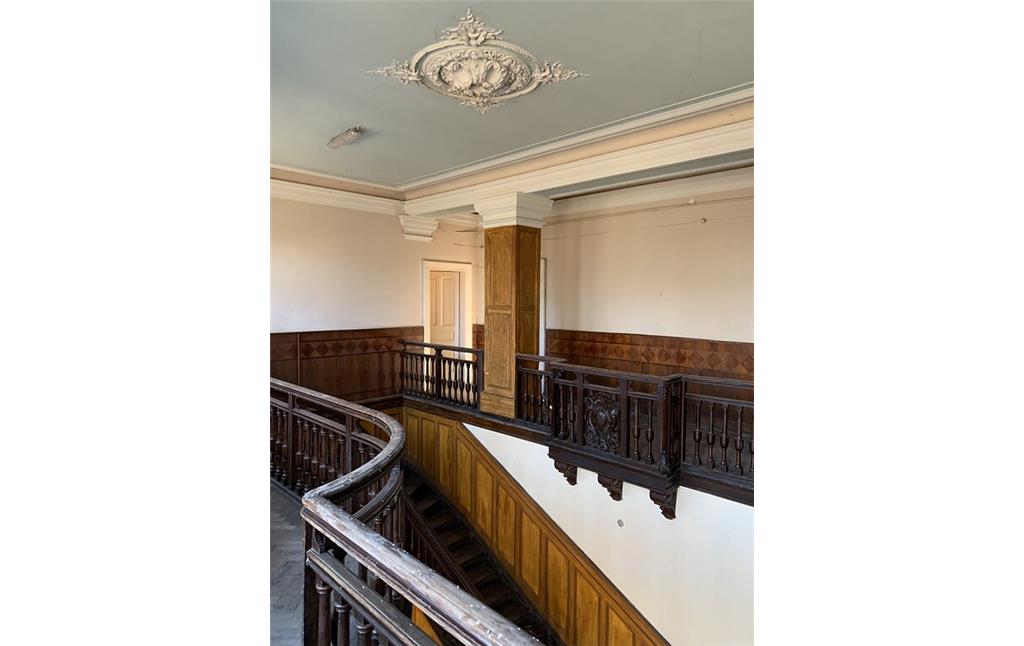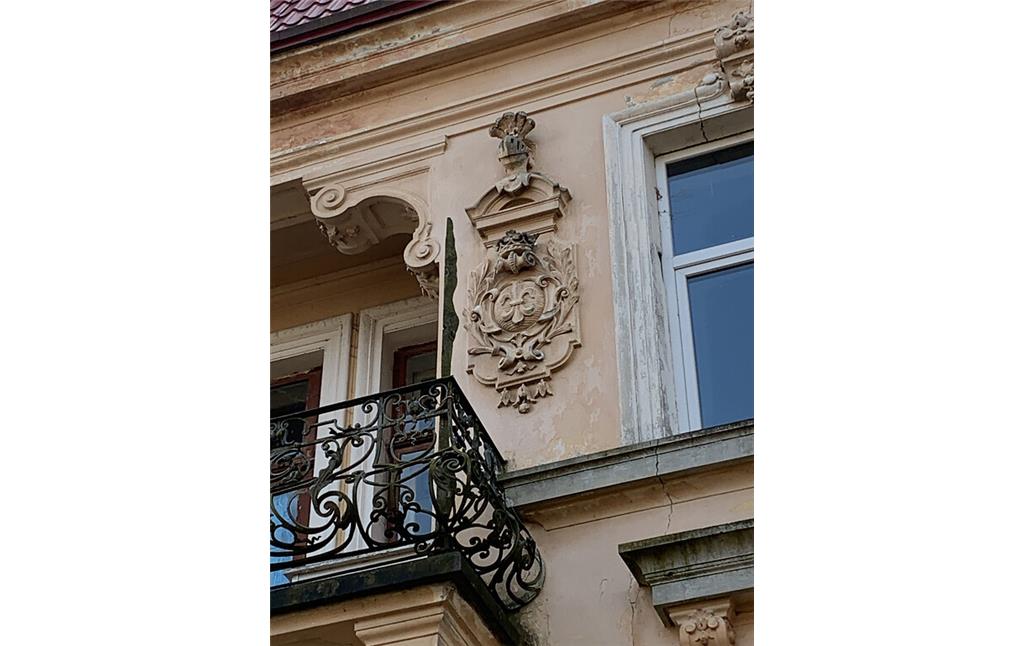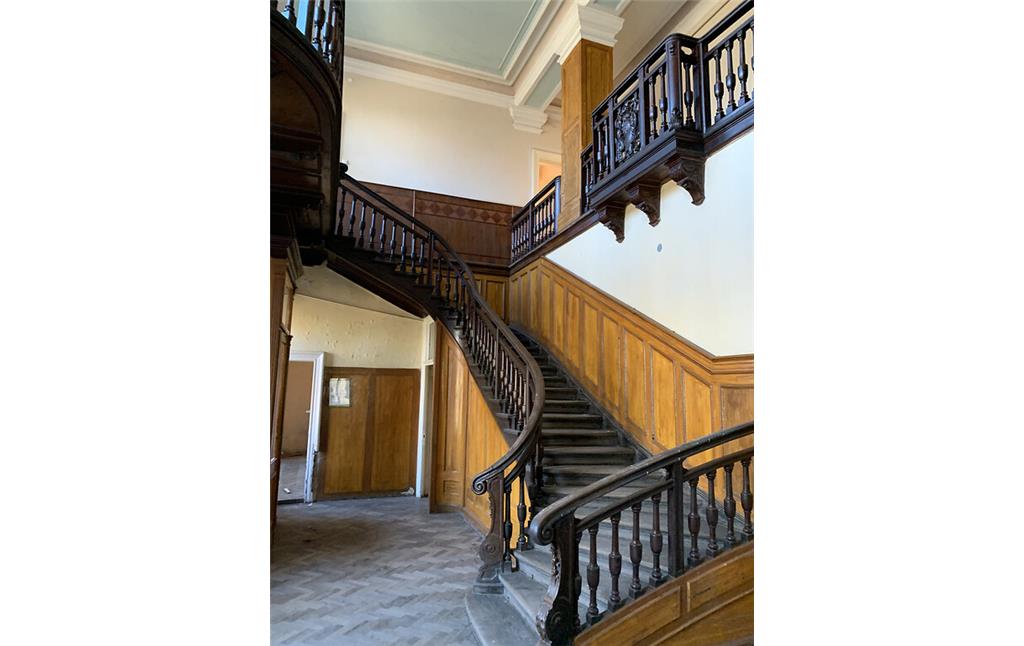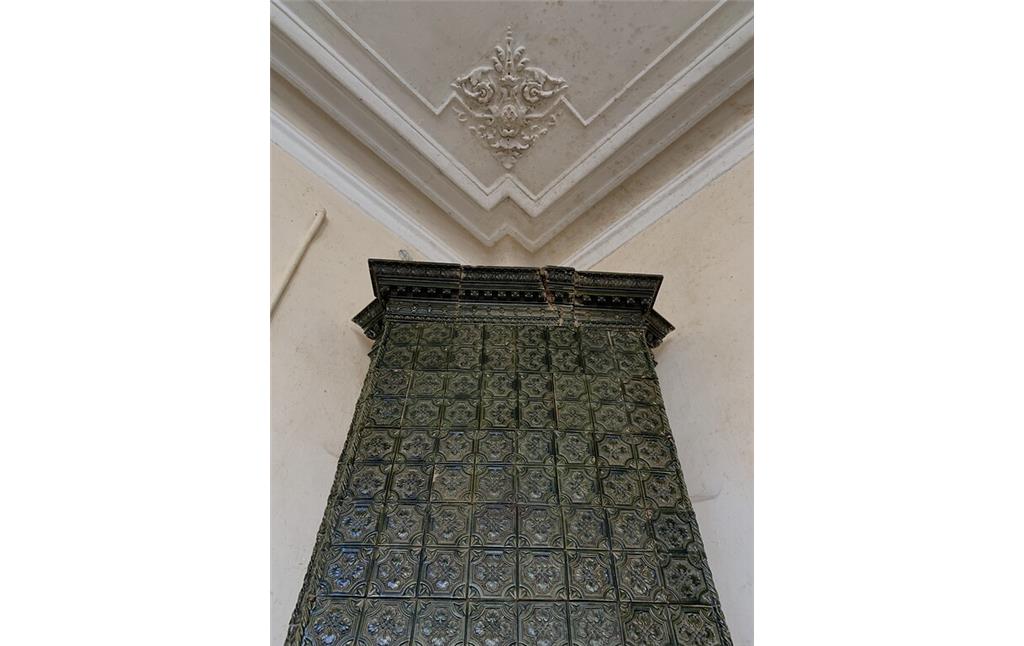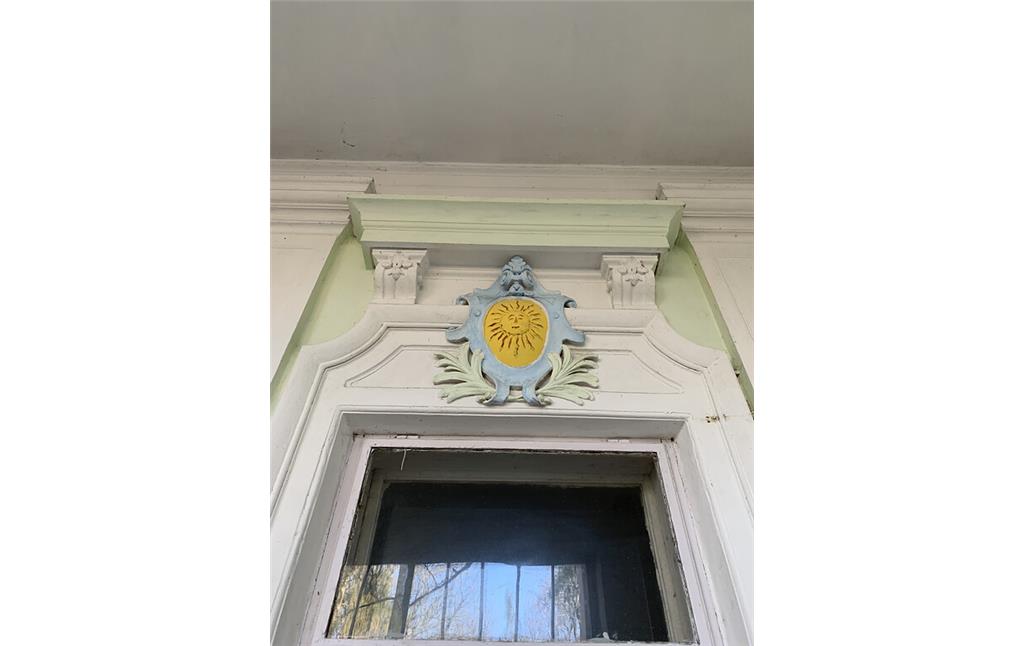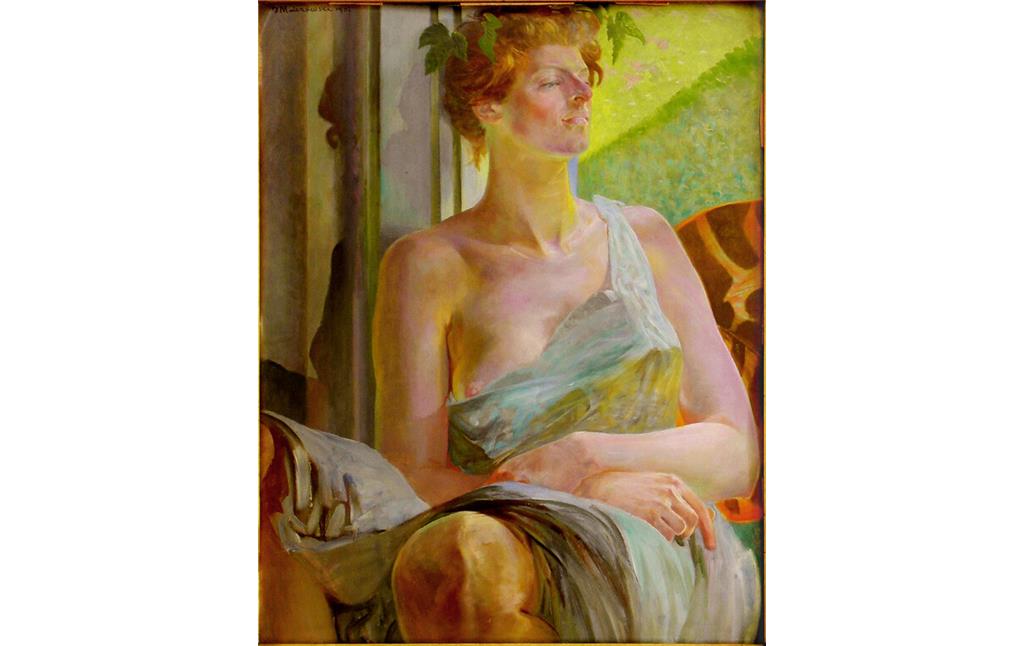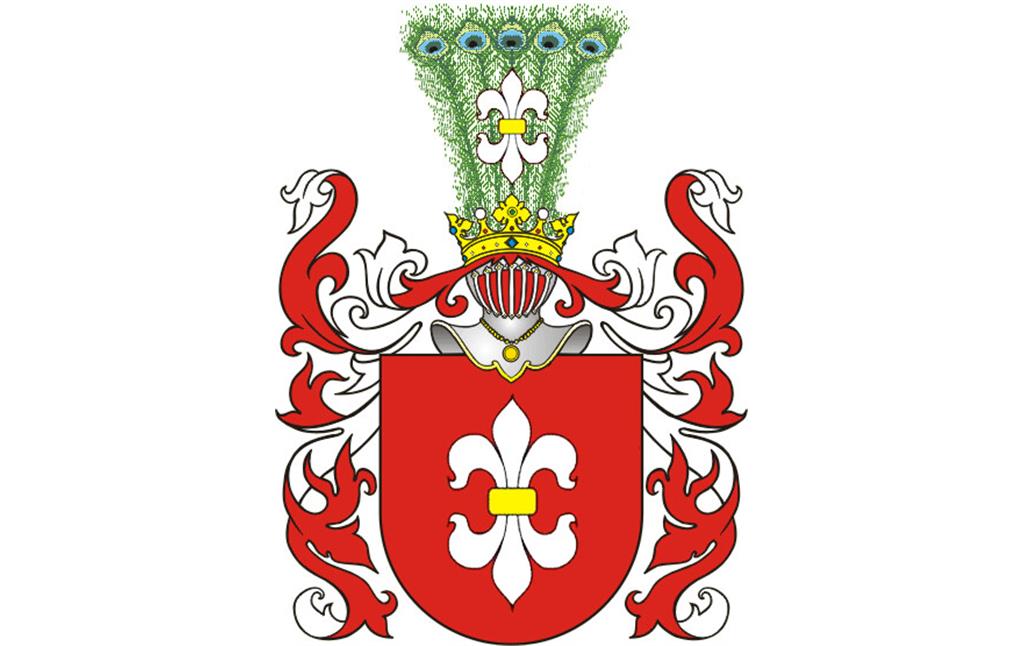Bal's Palace
Палац Балів, Schloss der Familie Bal
Schlagwörter:
Fachsicht(en): Kulturlandschaftspflege, Denkmalpflege, Architekturgeschichte
Gemeinde(n):
Koordinate WGS84 49° 35′ 46,23″ N: 23° 37′ 34,06″ O 49,59617°N: 23,62613°O
Koordinate UTM 34.689.768,15 m: 5.497.045,86 m
Koordinate Gauss/Krüger 8.473.201,60 m: 5.495.536,87 m
-
Bal's Palace (2020)
- Copyright-Hinweis:
- Kremsa, Mykola
- Fotograf/Urheber:
- Mykola Kremsa
- Medientyp:
- Bild
-
Bal's Palace (2020)
- Copyright-Hinweis:
- Kremsa, Mykola
- Fotograf/Urheber:
- Mykola Kremsa
- Medientyp:
- Bild
-
Bal's Palace (2020)
- Copyright-Hinweis:
- Kremsa, Mykola
- Fotograf/Urheber:
- Mykola Kremsa
- Medientyp:
- Bild
-
Bal's Palace (2020)
- Copyright-Hinweis:
- Kremsa, Mykola
- Fotograf/Urheber:
- Mykola Kremsa
- Medientyp:
- Bild
-
Bal's Palace (2020)
- Copyright-Hinweis:
- Kremsa, Mykola
- Fotograf/Urheber:
- Mykola Kremsa
- Medientyp:
- Bild
-
Bal's Palace (2020)
- Copyright-Hinweis:
- Kremsa, Mykola
- Fotograf/Urheber:
- Mykola Kremsa
- Medientyp:
- Bild
-
Bal's Palace (2020)
- Copyright-Hinweis:
- Kremsa, Mykola
- Fotograf/Urheber:
- Mykola Kremsa
- Medientyp:
- Bild
-
Bal's Palace (2020)
- Copyright-Hinweis:
- Kremsa, Mykola
- Fotograf/Urheber:
- Mykola Kremsa
- Medientyp:
- Bild
-
Bacchante, portrait of Maria Bal (Balowa) by Polish Symbolist painter Jacek Malczewski (1854-1929)
- Copyright-Hinweis:
- Kremsa, Mykola
- Fotograf/Urheber:
- Mykola Kremsa
- Medientyp:
- Bild
-
Gozdawa coat of arms
- Copyright-Hinweis:
- Gajl, Tadeusz / CC BY-SA 3.0
- Fotograf/Urheber:
- Tadeusz Gajl
- Medientyp:
- Bild
The two-story, brick-built building is almost square in plan (approx. 25x25 meters). The author of the sculptural decoration, which is considered the richest of all the palace residences of the Lviv Oblast, was Lviv sculptor Peter Gerasymovych.
Historical background
At the beginning of the 19th century, the estates in Tulygolove were owned by the Ossolinski, a Polish nobility family, from which the village passed to the Bal’s family of the Gozdawa coat of arms. „The father of Polish history” Jan Dlugosz (1415-1480) believed that Bal is a Polish genus with the coat of arms of white lilies on a red field. However, perhaps this coat of arms comes from Hungary, from where the family moved in the XIV century. Some historians claim that the origin of Bal’s family is Ruthenian (Ukrainian). Having bought the estate in Ossolinski, Stanislav Bal and his wife Maria from Brunitski built a new large palace at the end of the 19th century. Maria Brunicka (1879-1955) was born to baron Seweryn Brunicki (1846–1902), a Polish land-owner, and his wife Jadwiga Maria Kryspina Zagórska (1852–1882), at their country estate in Zaleszczyki (now Zalishchyky, Ternopil Oblast, Ukraine). She was a Polish baroness and a lifelong muse of Jacek Malczewski (1854-1929), considered Poland’s national painter, whose works were kept at the palace. At the beginning of the Sovjet rule, the palace was nationalized, and the owners went abroad, where they spent the last years of their lives. The palace was used as a tuberculosis dispensary, which was closed in 2017.
Today, there are remains of Bal’s family chapel next to the palace.
Today’s uncertain state
It is possible to enter the palace from the courtyard through a glazed veranda, next to a semicircular annex with high windows. The balconies have iron railings. The massive wooden stairs (similar to those in the House of Scientists in Lviv), the carved coat of arms of the Bal’s family, ovens, stucco moldings on the ceilings are comparatively well preserved. On the territory of the estate, there are also two outbuildings, former stables and utility rooms. A large park is located near the palace.
Since 2017, the palace has been empty. In 2019, during a storm, the roof of the building was damaged by a broken tree and now it is slowly collapsing. The estate is the property of the Lviv Regional Council, but it still does not have the official status of an architectural monument of Ukraine. The palace and objects around are neglected and their future is uncertain.
(Maryana Senkiv, ukrainer.net & Lviv Polytechnic National University, 2021)
Internet sources:
de.wikipedia.org: Büro Fellner & Helmer
de.wikipedia.org: Jacek Malczewski
de.wikipedia.org: Jan Długosz
de.wikipedia.org: Ossoliński
en.wikipedia.org: Fellner & Helmer
en.wikipedia.org: Jan Długosz
en.wikipedia.org: Jacek Malczewski
en.wikipedia.org: Maria Bal
en.wikipedia.org: Ossoliński
mincult.kmu.gov.ua: Державний реєстр нерухомих пам'яток України
ua.wikipedia.org: Ян Длугош
ua.wikipedia.org: Яцек Мальчевський
ua.wikipedia.org: Оссолінські
ua.wikipedia.org: Палац Балів
Literatur
- Aftanazy, Roman (1994)
- Dzieje rezydencji na dawnych kresach Rzeczypospolitej. Cz. 2, [Ziemie ruskie Korony]. T. 5, Województwo wołyńskie. S. 584-586. Wrocław.
Bal's Palace
- Schlagwörter
- Straße / Hausnummer
- Vulytsya Teatralʹna
- Ort
- 81572 Tulyholove
- Gesetzlich geschütztes Kulturdenkmal
- Kein
- Fachsicht(en)
- Kulturlandschaftspflege, Denkmalpflege, Architekturgeschichte
- Erfassungsmaßstab
- i.d.R. 1:5.000 (größer als 1:20.000)
- Erfassungsmethode
- Auswertung historischer Fotos, Literaturauswertung, Geländebegehung/-kartierung
- Historischer Zeitraum
- Beginn 1898 bis 1899
Empfohlene Zitierweise
- Urheberrechtlicher Hinweis
- Der hier präsentierte Inhalt ist urheberrechtlich geschützt. Die angezeigten Medien unterliegen möglicherweise zusätzlichen urheberrechtlichen Bedingungen, die an diesen ausgewiesen sind.
- Empfohlene Zitierweise
- „Bal's Palace”. In: KuLaDig, Kultur.Landschaft.Digital. URL: https://www.kuladig.de/Objektansicht/KLD-327282 (Abgerufen: 25. Dezember 2025)
